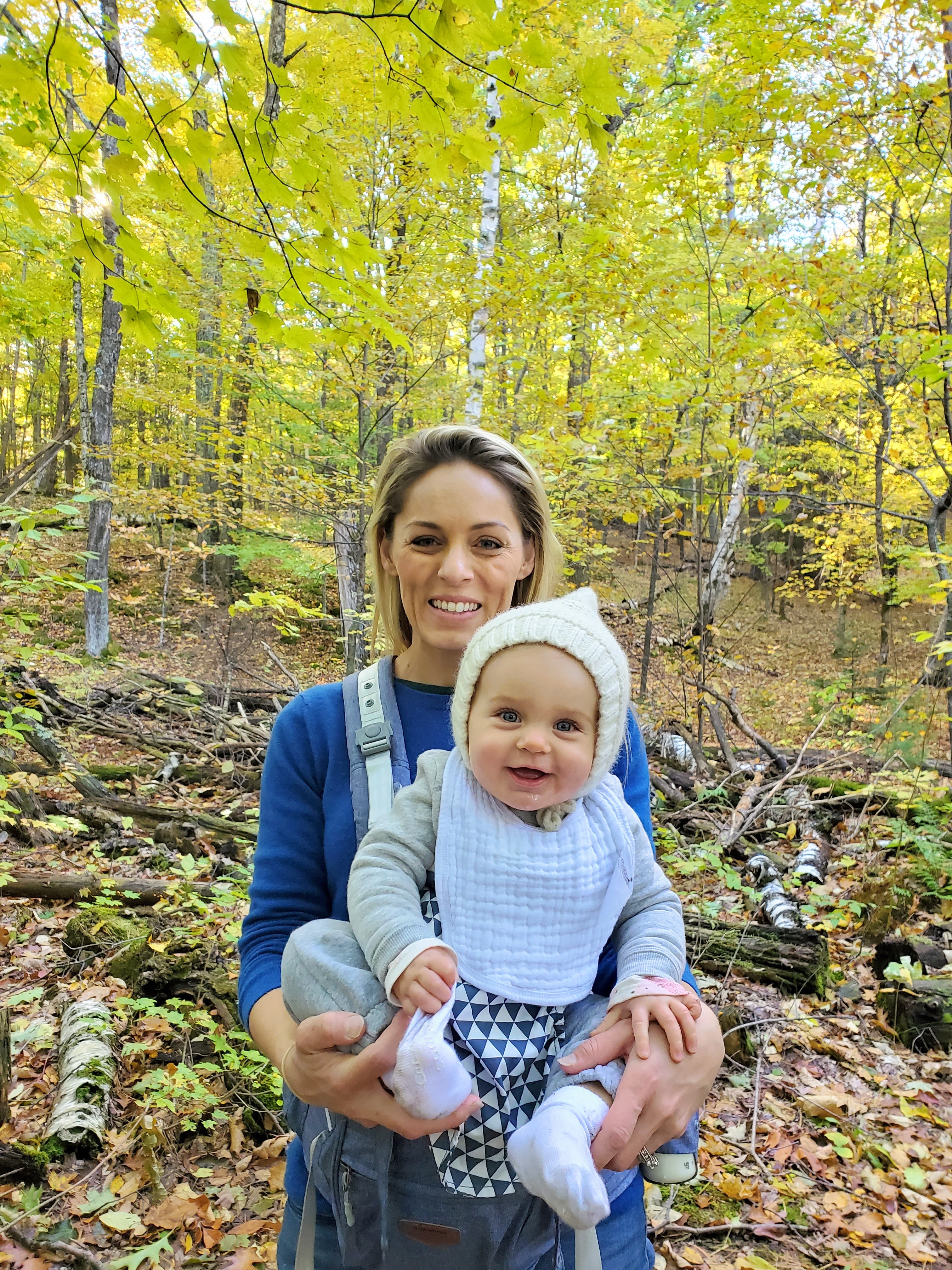Every spring it takes everything I have not to start planting seeds while there is still snow on the ground. Don’t get me wrong. I absolutely love everything about the winter season- I go into full holiday decorating mode, we bake gingerbread, read every Christmas story ever written and everything smells like cinnamon and cloves. But by the time New Year’s comes and goes, I am so done….Is it springtime yet?!?
No? Until then I’ll flip through seed catalogs, like Baker’s Creek Heirloom Seeds, and bulb and rose catalogs. This year I finally pulled the trigger and bought a bunch of David Austin bare root roses- I’ve been drooling over pictures of these on pinterest for years!
Ok, spring, here we go:
First, let’s start with a couple of quick things just so we’re all on the same page.
– Know you’re zone, and when your 1st and last frost dates are. If you know your frost dates, you can calculate how long your growing season is. For example, if the last frost date is May 1st, and the 1st frost date is Oct 1st, that’s approx 5 months/150 days your warm weather plants have to mature.
-If you’re not sure what zone you are, you can check here: USDA Plant Hardiness Zone Map . Knowing your zone let’s you know if a particular plant will work well in your zone or not.
-If you don’t know your 1st and last likely frost dates you can look here with your zip code: Dave’s Garden Freeze Guide. You can check Farmer’s Almanac also, but I like that Dave’s is more thorough. I usually shoot for the 10% date- meaning there is only a 10% chance of frost this date or later (so only a 10% chance I’ll have to throw old sheets on my tomatoes to keep them from freezing- hooray!).
– Vegetables that can tolerate a hard frost/freeze (usually 25 to 28 degrees F) are also called hardy vegetables. The hardiest–kale, spinach, and collards–can tolerate temperatures in the low 20s and high teens. Hardy vegetables tend to taste better when they mature in cool weather, so they are also good for late summer planting and fall harvest.
– Vegetables that can survive a light frost (temps of 32-36°) are also called semi-hardy vegetables.
Hardy Vegetables (plant when the soil is thawed/workable- in my zone 5b that is typically early-mid April):
- Arugula
- Broccoli
- Brussels sprouts
- Cabbage
- Collards
- English peas
- Kale
- Kohlrabi
- Leeks
- Mustard greens
- Parsley
- Radish
- Rhubarb
- Spinach
- Turnip
Semi-hardy Vegetables (typically mid to late April here)
- Asparagus crowns
- Beets
- Carrot
- Cauliflower
- Celery
- Chinese cabbage
- Endive
- Irish potatoes
- Lettuce
- Onion sets and transplants
- Radicchio
- Rutabaga
- Swiss chard
Alright, let’s get growing!









1 thought on “What to Plant in Your Spring Garden”
Comments are closed.